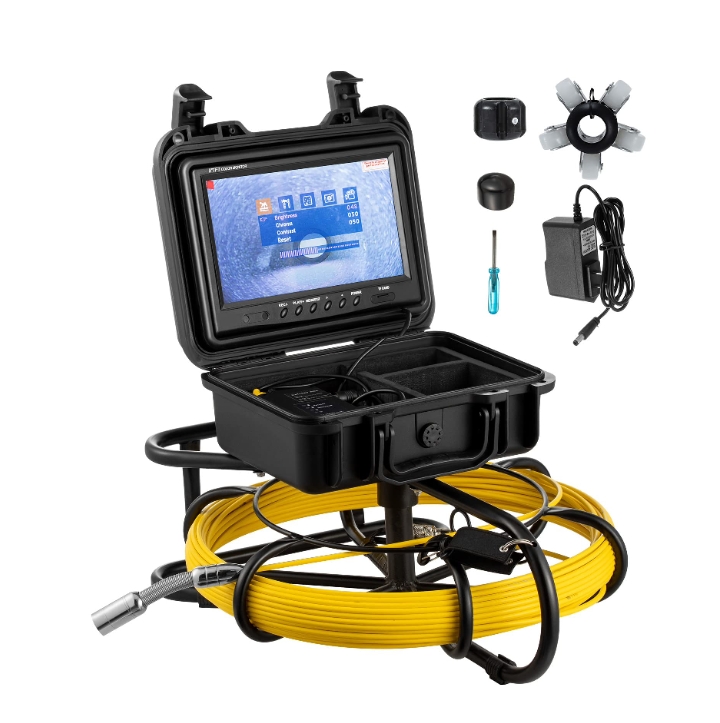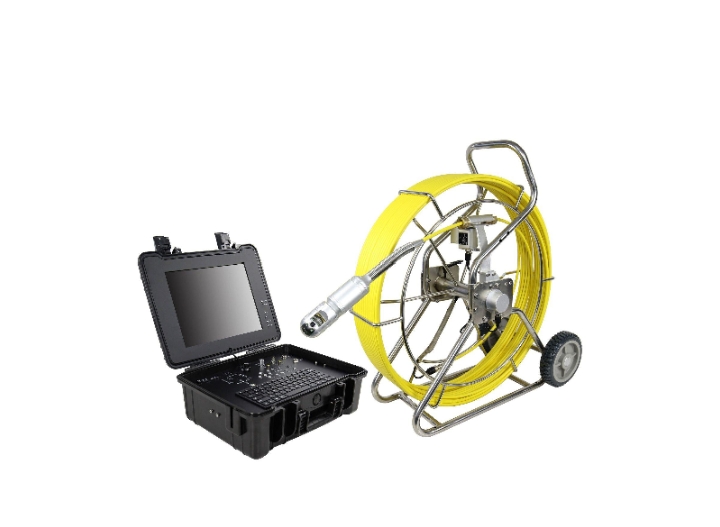Predictive Analytics: Transforming the Landscape of Accounts Receivable

Predictive analytics is indeed transforming the landscape of accounts receivable in various ways. By leveraging data, statistical algorithms, and machine learning techniques, businesses can make more informed decisions, optimize processes, and improve their cash flow management. Here are some ways in which predictive analytics is transforming accounts receivable:
- Improved Credit Risk Assessment: Predictive analytics can assess the creditworthiness of potential customers more accurately. By analyzing historical data, it can predict the likelihood of a customer defaulting on payments. This helps businesses make informed decisions about extending credit to specific customers and setting credit limits.
- Early Warning for Delinquent Accounts: Predictive models can identify early warning signs of delinquent accounts. By analyzing payment history and customer behavior, these models can predict which accounts are at risk of becoming overdue and enable businesses to take proactive measures to prevent payment delays.
- Optimized Collection Strategies: Predictive analytics can help businesses develop more effective collection strategies. By analyzing customer data and payment patterns, businesses can tailor their collection efforts to each customer’s likelihood of paying. This improves the chances of recovering outstanding debts while minimizing collection costs.
- Cash Flow Forecasting: Predictive models can forecast future cash flows more accurately. By analyzing historical payment data and considering factors such as seasonality and economic conditions, businesses can better anticipate when they will receive payments and plan their finances accordingly.
- Customer Segmentation: Predictive analytics can segment customers based on their payment behavior and creditworthiness. This allows businesses to offer different terms and conditions to different customer groups, optimizing their accounts receivable management for each segment.
- Fraud Detection: Predictive models can be used to detect fraudulent activities in accounts receivable. By analyzing transaction data and identifying unusual patterns, businesses can identify and prevent fraudulent activities, reducing financial losses.
- Invoice and Billing Optimization: Predictive analytics can analyze historical invoice and billing data to identify trends and patterns that can optimize the invoicing process. This may involve adjusting billing cycles, offering discounts for early payments, or streamlining invoicing methods.
- Customer Relationship Management: Predictive analytics can also help in enhancing customer relationships. By analyzing customer data, businesses can identify opportunities to cross-sell or upsell products and services, increasing revenue and improving customer satisfaction.
- Automated Decision-Making: With the advancement of AI and machine learning, some businesses are now using predictive analytics to automate decision-making processes related to accounts receivable. This can include automatically approving credit applications or setting up automated payment reminders.
- Continuous Improvement: Predictive analytics is not a one-time solution but an ongoing process. Businesses can continuously refine their predictive models based on new data and insights, allowing them to adapt to changing market conditions and customer behaviors.
In summary, predictive analytics is a powerful tool that is transforming the landscape of accounts receivable by providing businesses with the ability to make data-driven decisions, optimize processes, and improve cash flow management. This technology has the potential to increase efficiency, reduce risks, and enhance overall financial performance for organizations of all sizes.




